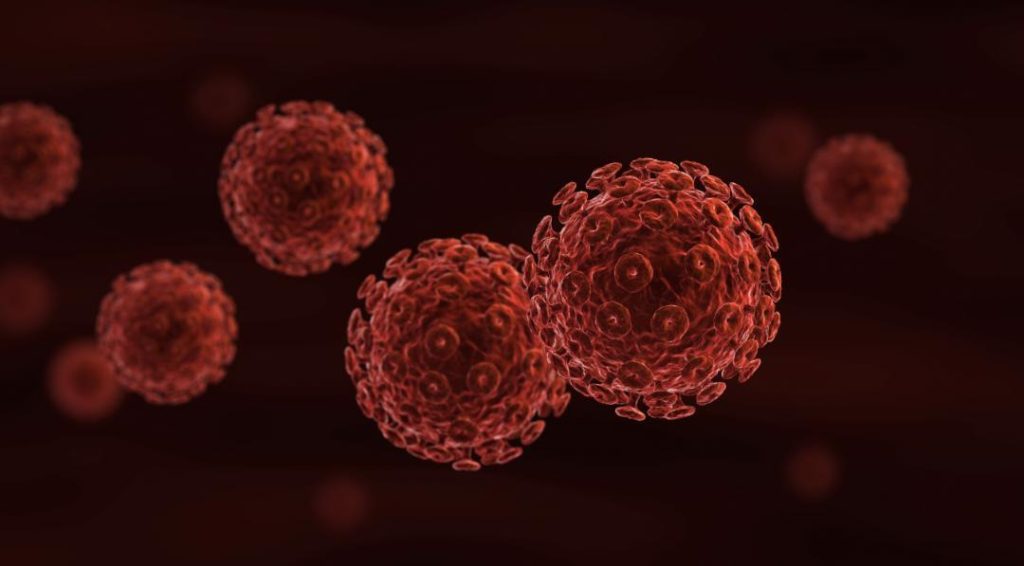
Gene Therapy Can Provide Lasting Treatment for HIV: Study
For decades, scientists have been working towards finding a cure for HIV, a virus that affects millions of people worldwide. While antiretroviral therapy (ART) has been effective in controlling the virus, it is not a cure and requires lifelong treatment. However, a recent study by scientists at Johns Hopkins University has made significant progress in developing a gene therapy that can potentially put HIV into long-term dormancy.
The study, published in the journal Nature Medicine, found that a molecule within HIV can be amplified to push the virus into a dormant state. This molecule, known as latency-associated factor (LAF), plays a crucial role in regulating the virus’s ability to replicate and infect cells. By amplifying LAF, the researchers were able to induce a dormant state in HIV-infected cells, which could potentially lead to a long-term remission of the virus.
The approach taken by the researchers is similar to the one used in the development of COVID-19 vaccines. These vaccines instruct cells to produce proteins that trigger an immune response, which helps the body fight off the virus. In the case of HIV, the researchers are developing a gene therapy that instructs cells to produce LAF, which would then induce a dormant state in HIV-infected cells.
The study’s lead author, Dr. Robert Siliciano, a professor of medicine and molecular biology and genetics at Johns Hopkins University, explained the significance of the study: “Our goal is to develop a gene therapy that can permanently put HIV into a dormant state, without the need for lifelong antiretroviral therapy. This would allow people living with HIV to live a normal life without the burden of treatment.”
To achieve this, the researchers used a combination of gene editing and gene expression techniques to amplify LAF in HIV-infected cells. They used a gene editing tool called CRISPR-Cas9 to introduce a gene that produces LAF into HIV-infected cells, and then used a gene expression system to regulate the production of LAF.
The results were promising, with HIV-infected cells that were treated with the gene therapy showing a significant reduction in viral load and a increase in LAF production. The researchers also found that the therapy was effective in inducing a dormant state in HIV-infected cells, even in the presence of immune cells that can trigger the virus to become active.
The study’s findings have significant implications for the development of an HIV cure. While a complete cure is still a long way off, the study provides hope that gene therapy could be a viable option for putting HIV into long-term dormancy. This could potentially allow people living with HIV to live a normal life without the need for lifelong treatment.
The study’s authors also highlighted the potential for combining gene therapy with other approaches, such as immunotherapy and stem cell therapy, to develop a comprehensive treatment for HIV. “We believe that gene therapy can be used in combination with other approaches to develop a more effective treatment for HIV,” said Dr. Siliciano. “We are excited about the potential for this approach and are eager to move forward with further research and testing.”
In conclusion, the study by scientists at Johns Hopkins University has made significant progress in developing a gene therapy that can potentially put HIV into long-term dormancy. The approach, which amplifies a molecule within HIV to induce a dormant state, has shown promising results and provides hope for the development of a lasting treatment for HIV. As the research continues to advance, it is likely that we will see significant improvements in the treatment and management of HIV, and potentially even a cure.
Source:






